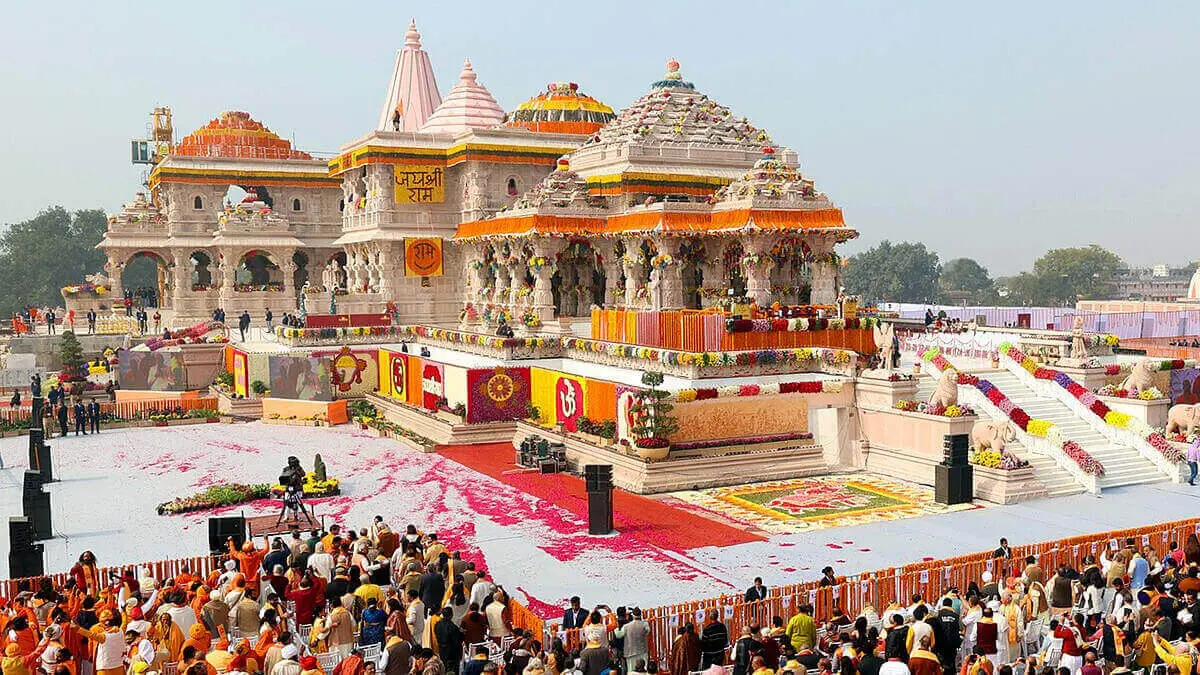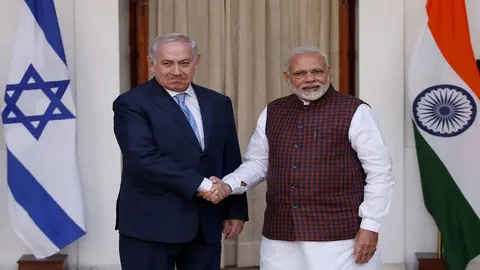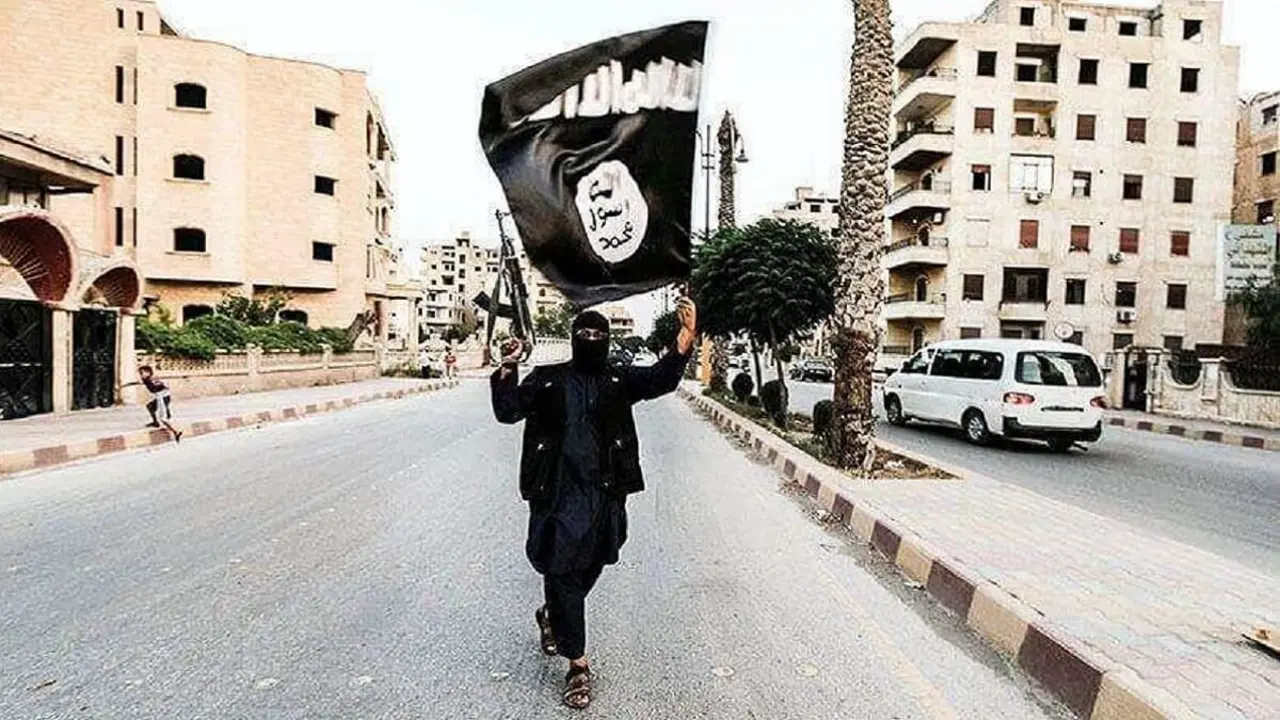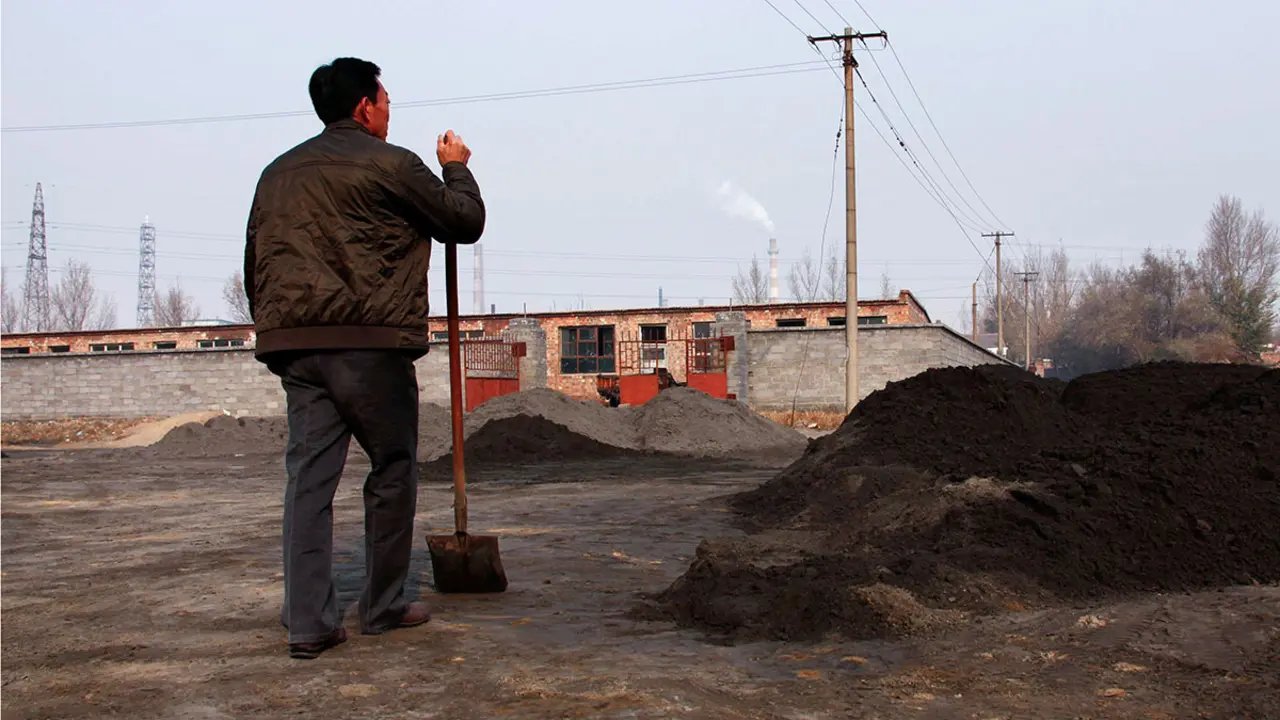What does the consecration of Ram Temple in India signify?

January 22 will go down in India’s history as one of the most important dates to have witnessed an epoch-making event. On this day, Indian Prime Minister Narendra Modi led the consecration of the temple of Ram in the city of Ayodhya in the northern Indian state of Uttar Pradesh. It was a momentous occasion for the Hindus in India and across the world as they celebrated the inauguration of the temple of their beloved Ram.
The construction of this temple in Ayodhya, birthplace of Ram, has cultural, historical and political significance.
Cultural perspective
Ram is one of the most important and revered characters in Hinduism. His story, known as Ramayana, remains one of the most sacred texts of Hinduism. Ramayana is mostly referred to as an epic or mythology. However, Ramayana is a historical account and not mythology. Ram and all the characters and events in Ramayana were historical and not imaginary or a work of fiction. The places mentioned in Ramayana still exist in India, Nepal and Sri Lanka along with the traces that corroborate with the events mentioned in it.
Ram is worshipped as a god by the Hindus. The concept of god in Hindu religion is different from the concept of god in Abrahamic religions. Abrahamic religions consider god as a supreme being different from humans. In Hinduism most often a god or a goddess is someone with extraordinary qualities, powers and virtues. Gods and goddesses in Hinduism are essentially considered as persons.
The Hindus worship Ram for his numerous virtues. Ram is revered as a king who was just and benevolent, as a righteous person, as an obedient son and a dutiful husband. Ram’s reign over Ayodhya, called Ram Rajya in Sanskrit, is considered as an ideal model of governance. Even today the term Ram Rajya is an integral part of India’s political discourse which means a governance model based on equality and prosperity. Worship of Ram and narration of his life history are a part of daily routine of the Hindus.
Ayodhya, the birth place of Ram, holds the same significance to the Hindus that Vatican City holds to the Christians, Mecca and Medina hold to the Muslims and Jerusalem holds the Jews.
Historical perspective
The Ram Temple in Ayodhya has a significant historical perspective. The dispute over the temple may be traced to 1992 when the erstwhile structure, considered to be the Babri mosque by the Muslims, was razed to the ground by the Hindus who called themselves servants of Ram. However, the dispute is about 500 years old and goes back to the medieval period. It was in 1528 that Mir Baqi, the commander of Mughal Emperor Babur, destroyed the Ram Temple and built a mosque over it. He named it Babri to honour Babur.
In the past five centuries there were several attempts from Hindus at different points of time to reclaim the temple. However, these were not successful. The dispute continued into modern era as well.
The destruction of the Ram Temple in 1528 was one of the inflection points in India’s history as it was a clash of civilization. For the Islamic invaders it was not just a military victory but also an event that led to establishment of Muslim supremacy and subjugation of the Hindus.
Further after India gained independence in 1947 there was a deliberate attempt on the part of the government led by Congress to present a distorted version of history. The distortion resulted in glorifying the Islamic invaders who had massacred Hindus and made several attempts to destroy the Hindu culture. As such the destruction of temple in Ayodhya was never considered a crime by the Congress. In contrast the rightful reclamation of the temple by the Hindus has been deplored by the Congress. This was concomitant to the Congress’ policy of appeasing the minorities, particularly the Muslims.
However, the temple construction has now corrected the distorted narrative. While history cannot be changed, it is necessary to present the actual history of a nation. This temple is symbolic of the true history of India being told to its people without glorifying the invaders.
What we saw in Ayodhya yesterday, 22nd January, will be etched in our memories for years to come. pic.twitter.com/8SXnFGnyWg
— Narendra Modi (@narendramodi) January 23, 2024
Political perspective
Just as the history is contested, politically too the issue of Ram Temple has been one of the most contentious issues in India. Also like history the debate in politics is not only about a building a temple. It is about a wider issue which pertains to the definition of a nation. The current party in power, the Bharatiya Janata Party (BJP) adheres to the ideology of cultural nationalism. It implies that India is a nation and a civilizational state with thousands of years of history. India is not a country that came into existence only in 1947 after getting independence from the British. The Congress and the opposition parties mostly depict India as a country that was formed in 1947 thereby ignoring the fact that India has existed for more than 5000 years.
As mentioned earlier, this thinking was normalized by the Congress which was in power in India for more than 50 years since 1947. By manipulating the education, Congress was able to spread the discourse that neglected the Hindus and in contrast promoted and glorified the invaders that have attacked India and its culture for more about 1000 years. These invaders include the Muslim invaders as well as the Europeans, particularly the British. These steps led to a number of Indians becoming deracinated from their own culture.
For its part, the BJP has been an unequivocal adherent to the Indian culture and civilization and a staunch supporter of the Ram Temple. However, it is pertinent to note that as much as the Ram Temple is a matter of faith and as much as the BJP evokes culture and civilization, the Ram Temple is being constructed only by following due process of law. The Ram Temple is being built after the Supreme Court’s judgment allowed it. The BJP has been one of the litigants in this court case. The parties fighting for the Ram Temple presented references from the Hindu scriptures and archaeological evidences to the court. While the court maintained that demolition of the controversial Babri mosque was a criminal act, the evidences did prove that the mosque was built by destroying the temple as proofs of temple were found beneath the mosque. Also, while ruling in favor of the temple, the court has ordered construction of another mosque at a different place in Ayodhya as compensation to the Muslims.
By consistently supporting the Ram Temple the BJP has also been able to unite the Hindus who were otherwise divided into different castes and sub-castes. Ram has religious appeal across all the sub-groups of the Hindus. Congress and the opposition parties have usually depended upon the support of Muslims and specific sub-groups of the Hindus to win elections. But now with the Hindus consolidating and supporting the BJP, the Congress has lost its major electoral base which explains its anger towards the BJP and the Ram Temple.
The Ram Temple is not just a temple or a religious place for the Hindus and even for the Indians. It is a symbol of freedom from oppression and Hindus getting justice after centuries of struggle. Further this event is also looked at as an important step towards revival of Indian civilization and its ethos that were neglected by the successive political dispensations (other than the BJP) in India to suit their political agenda. This neglect and even hatred to a great extent for the Hindu civilization was justified wrongfully as necessary to uphold constitutional values. The consecration of the Ram Temple is in accordance with the legal formalities. Besides, it has also rightfully instilled in the Hindus a sense of pride towards their own culture. This one event of January 22 has the power to change the course of India’s history for better for centuries to come.











